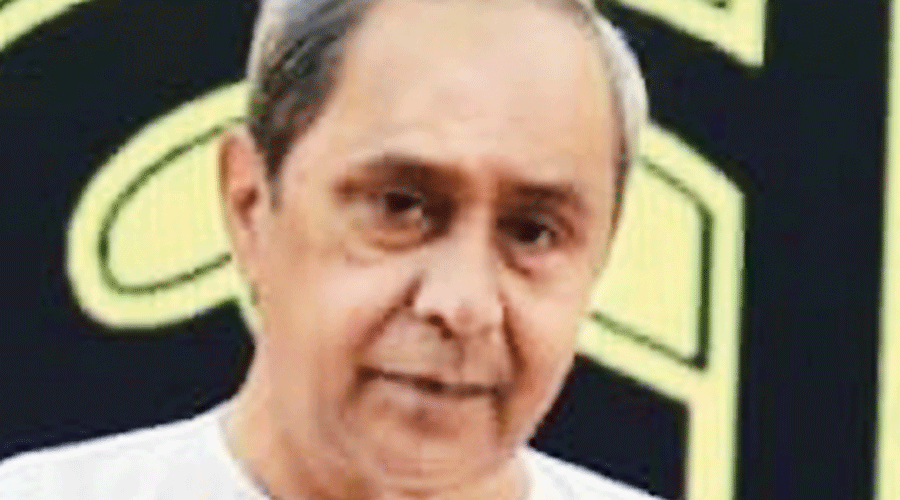The Odisha government has reached out to the National Institute of Ocean Technology(NIOT), Chennai — a premier institute in the country specialising in the field of ocean engineering under the ministry of earth sciences — for its assistance in building climate-resilient coastal protection measures, raising and strengthening of saline embankments using the latest technology available in the country.
Anu Garg, additional chief secretary of the water resources department, said: “A memorandum of understanding (MoU) was signed between the water resources department and National Institute of Ocean Technology on Wednesday to this effect.”
Giving details about MoU, she said the NIOT will provide the technical guidance, design and drawing of climate resilient coastal protection measures. It will also work for saline embankments, assisting the supervision, training and capacity building of engineers.
“The inhabitants of six coastal districts of the state such as Balasore, Bhadrak, Kendrapara, Jagatsinghpur, Puri and Ganjam will be benefitted. This shall be a milestone in disaster risk reduction (DRR) in the coastal areas of the state,” Garg said.
Odisha has a vast coastline of about 480km in length and the coastal area is exposed to natural disasters. “Cyclones cause high tidal surges with very high wind speed, thus resulting in loss of lives and properties. Such erosion of coastline has been observed at many places in the recent past. With the assistance of the NIOT, we plan to get a permanent solution in addressing the issue of strengthening saline embankments and taking up climate-resilient coastal protection measures,” officials said.
Under the programme, 198km saline embankment would be constructed in the next five years with the help of NIOT and the project cost would be around Rs 763 crore, officials said.
Water resources minister Tukuni Sahu said: “Odisha is vulnerable to floods and cyclones. The government is taking all possible measures for disaster mitigation and focusing on zero casualties. So the MoU signed for the next 5 years will help to save the life and property of people of coastal areas with the protection of sea embankments.”
While demanding special focus for Odisha, chief minister Naveen Patnaik at the Niti Aayog meeting in New Delhi on August 8 pointed out how the state was affected almost every year by natural disasters. “It’s important to have the disaster-resilient infrastructure to protect the state and its people from vagaries of nature,” he had said.
This MoU comes at a moment when there are reports of sea eating into the land mass in several coastal districts of Odisha, triggering all-around concern. Apart from human habitations, the advancing sea has also been threatening agriculture in parts of coastal Odisha, with water overtopping saline embankments and flooding farmland.
Earlier, the Integrated Coastal Zone Management Project (ICZMP), a programme of the government of India, was in force in the coastal parts of Odisha to strengthen saline embankments. Under the programme, geo tube technology was introduced in parts of the Kendrapara district to save the land mass from erosion.
“In the first phase under the ICZMP, the impact of the sea erosion in Kendrapara district has been minimised to a great extent using the geo tube technology. Those areas which were earlier coming under the sea erosion have been spared,” said ICZMP oceanographer Prashant Kumar Panigrahi. However, the second phase of ICZMP is yet to start across the country.











